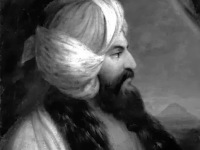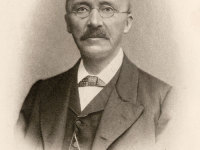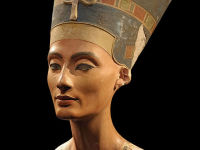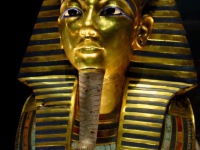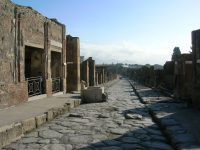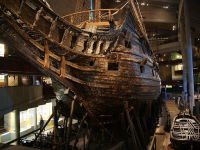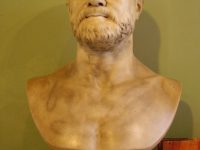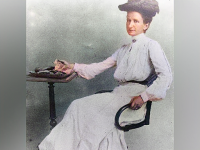Giovanni Battista Belzoni and the Egyptian Adventure
On March 2, 1818, Prolific Italian explorer Giovanni Battista Belzoni – also known as ‘The Great Belzoni‘ – discovered the burial chamber of Pharaoh Khafra in the 2nd of the large pyramid‘s of Giza. But, like in all the other burial chambers in the great pyramids, the sarcophagus was empty. Early Years Belzoni was born in Padua, Italy, as the son of a barber. At the age of 16, he moved to…
Read more

